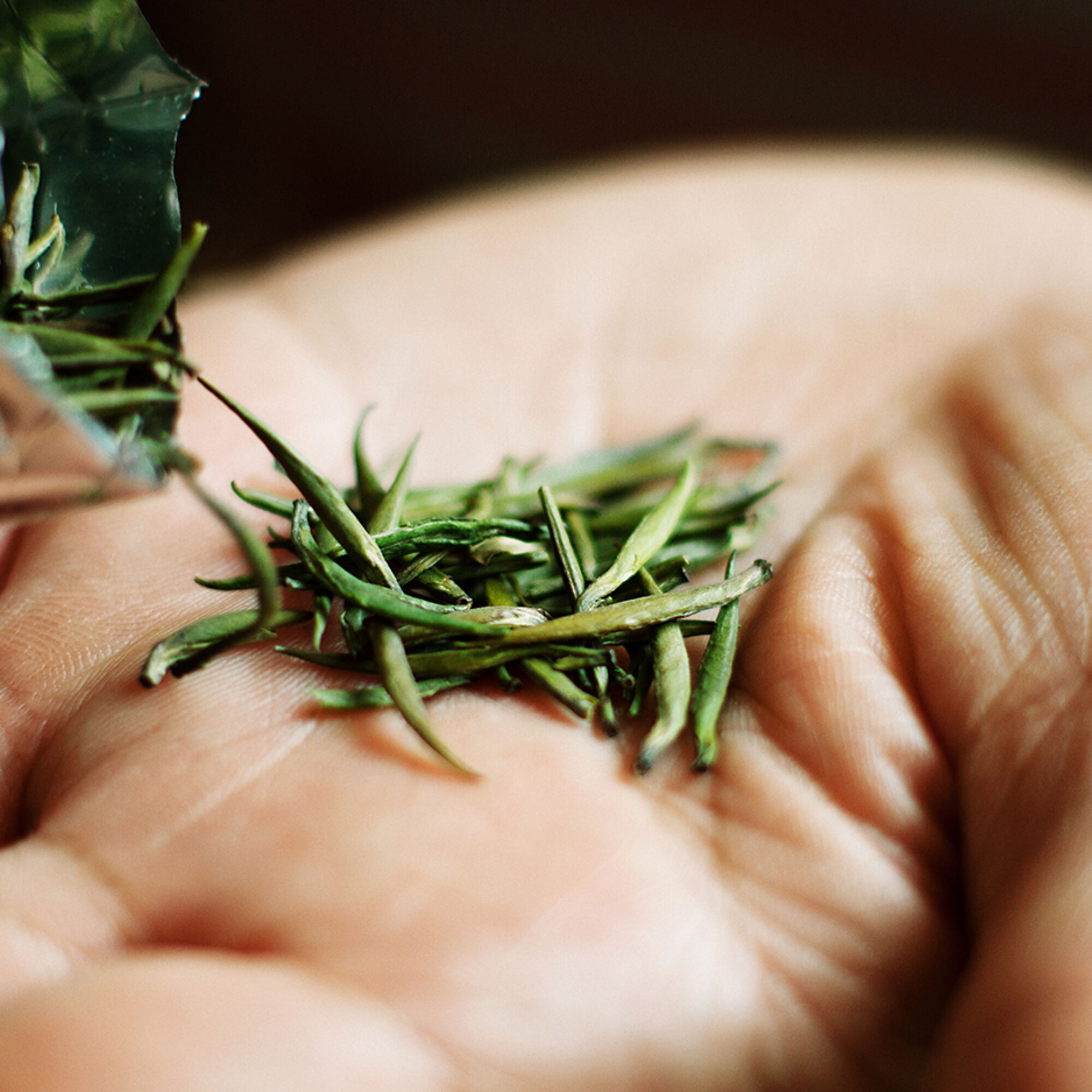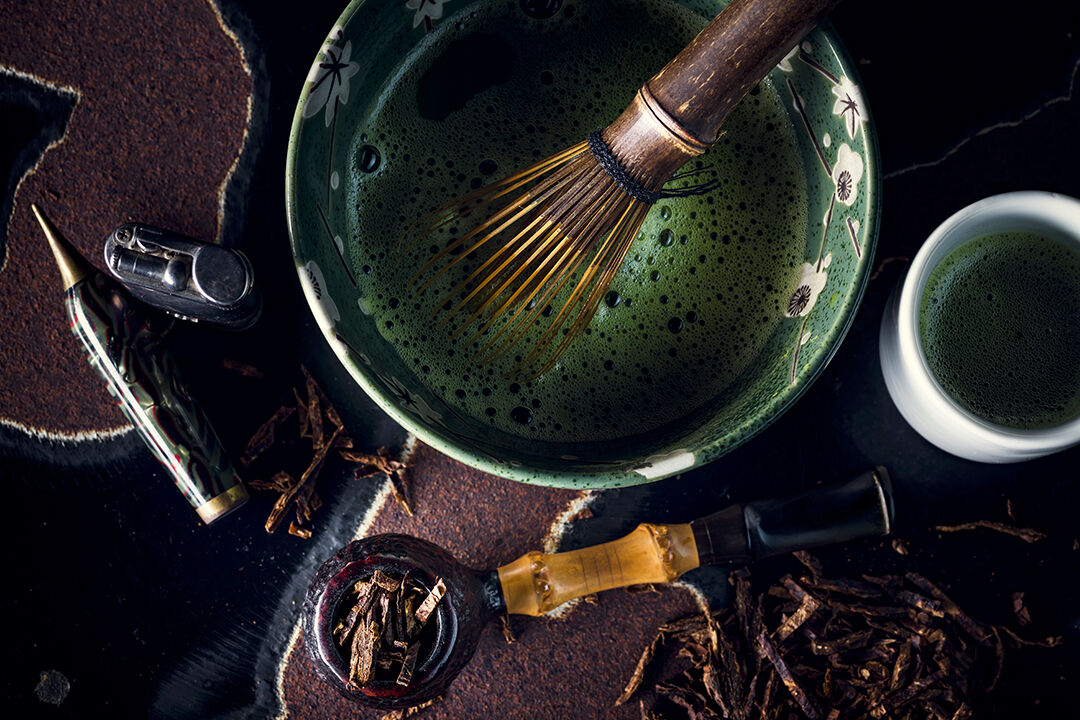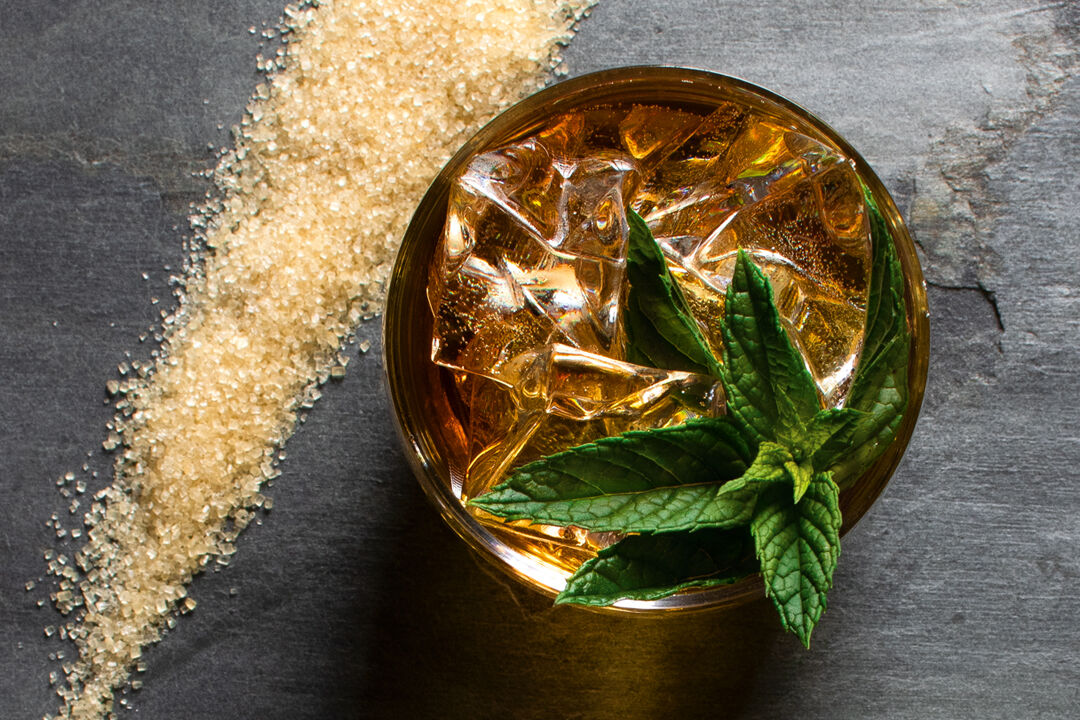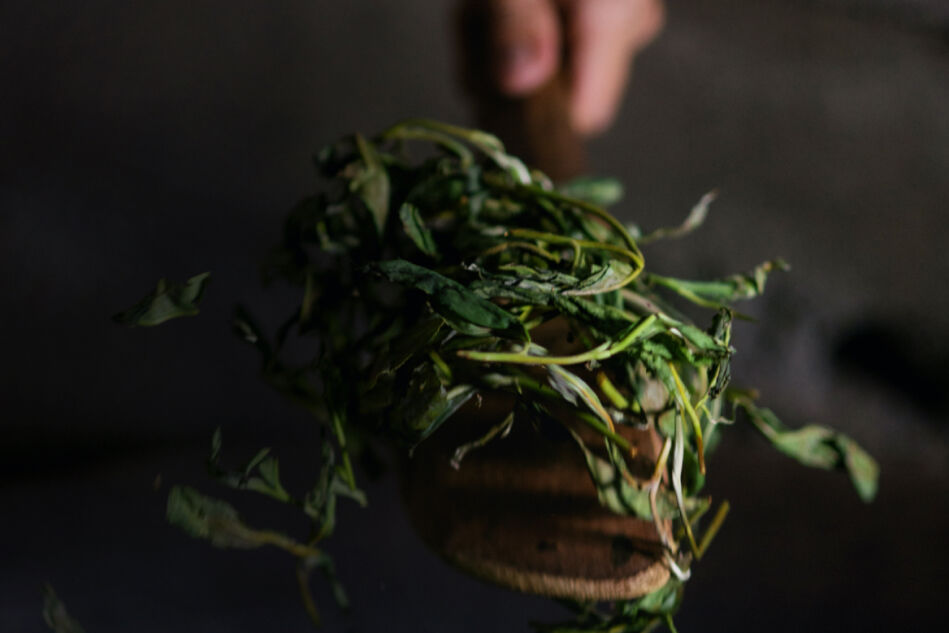How tea conquered the world.
Of spring breezes, brainwaves and revolutions.

The story of tea Is shrouded in legend. Pioneers and explorers have been reinventing tea through innovation, trends and ideas for serving it for 5,000 years and have made it what it is today: one of the world´s most popular drinks.
Ancient China, on a balmy spring day: Emperor Shennong was resting in the palace garden when the wind blew the leaf of a tea bush into his cup of hot water. The Emperor took a sip - and was most pleasantly surprised by how good it tasted and how invigorated it made him feel. And that's how it all started. At least, that is one of the legends about the discovery of tea. Whoever it was who was really responsible for this great find, he certainly would not have expected that his discovery would still have people in rapture 5,000 years later and inspire them to keep reinventing tea. Take Bubble Tea, for example, which is taking Asia in particular by storm with its colourful pearls. Back home here in the West, food influencers are raving about tea smoothies such as green tea with honeydew melon and black tea berry. Veggie fans swear by fancy vegetable tea varieties such as spinach-lemon-mint and carrot-curry-ginger for their unusual bursts of aroma.
How can it be that one drink, as simple as it is ingenious, has endured over millennia and inspired people of different eras to create entire tea cultures - and in the most varied countries on earth, too? Well, at least we know the answer to this last question: tea arrived in Europe in 1498, when Vasco da Gama discovered the sea route to India. The Portuguese sailed off to China and brought back spices, silk and other luxury goods - including small amounts of tea. But it took a while anger before tea conquered Europe. It was another 200 years until the Dutch brought their first shiploads of wares back to Amsterdam and from there on to England. There, the drink became a status symbol, with five o'clock tea becoming the new lifestyle of British high society. The first public tea house in Europe opened in London 1706; some time later, dance teas became fashionable and tea started to make waves throughout the western world.
The greyhounds of the oceans.
Transporting tea was a logistical challenge right from the start, as the long sea route from China around the Cape of Good Hope took months to navigate. This spurred an innovation halfway through the 19th century in the form of tea clippers, the fastest tall ships of their time sporting acres of sails. At the time, the freshness of the tea was a quality feature, and this spurred regular races to deliver the first tea of the season. But the race around the southern tip of Africa did not last long; when the Suez Canal opened in 1860, the sea route to the Far East was drastically shortened and the clipper era came to an end.


Brainwaves and flashes of genius.
Just over fifty years later, there was another milestone in the history of tea. In 1908, the New York tea merchant Thomas Sullivan was looking for away to ship his goods in a light and space-saving manner. So, instead of using tin cans, he put the tea in small silk bags. Some customers realized that you could put the little parcels in the tea pot, just like you do with a tea egg. And just like that, the tea bag was invented - and immediately became a must-have for tea fans. Halfway through the 20th century, the idea was developed further in the form of the tea bag with two chambers made of special paper, which is still widely used today. It was not long before a matching teabag packing machine followed.
The new hype on the net.
To this day, new trends continue to shape the market. Tea has been used as an ingredient in cocktails for many years. Drinks like Tea & Tonic or Earl Grey Martini are the hot newcomers, especially on social media. On Instagram, exotics like Blue Matcha are the rising stars, while under hashtags like #butterflypea, one rainbow-like creation surpasses the next. The current tea pairing movement prescribes the best way to fuse your tea with breakfast cereal, lunch or even a dinner menu tea instead of wine is the maxim that first-class restaurants around the world have added to the menu. Som etrends pass as soon as they've arrived - others turn out to be here to stay. For example, the organic movement is booming. The market share of organically produced tea has been rising in Germany for years, reaching almost 10 percent in 2018. Another trend that has grown roots since its arrival in Germany is black tea. These days, 73 percent of Germans prefer Earl Grey and other black teas, with green tea the favourite of 27 percent.


A new sense of tea.
“Times they are a-changing - and so is tea”. Avoury has been stirring up the tea world since December: all eyes are on a new tea maker, the Avoury One, and its accompanying collection of more than 30 hand-picked teas, certified organic. The message is simple: the ultimate tea, at the touch of a button. What may sound like merely a gadget we would like to see on our kitchen counter actually carries a truth that we cannot deny: it's high time to say goodbye to the old tea stereotypes. What started as an accidental discovery in an imperial tea mug has become a lifestyle in 2019. Tea has had a stellar career spanning hundreds of years. Its history is a moving success story full of pioneering spirit — and one with a happy ending. Tea has gone from insider tip in Asia to global trend product and today it is the most popular drink of our time after water - tea is a cult. It's always teatime.
More articles
More articles

Not less, but better.
Sharpening one's own awareness. Recognizing what one really needs. Giving things new appreciation. That's what minimalism is about. Following the motto 'less is more', more and more people are embracing the desire for clarity and order – even in the design of their homes.

Should we always follow our nose?
23,000 times – that´s how many breaths we take on average per day. And that means a multitude off different scents float in through our nose evoking a wide variety of reactions in us. In this article we´ll explain the psychological reasons behind this and why we should let our noses discover new things more often.
